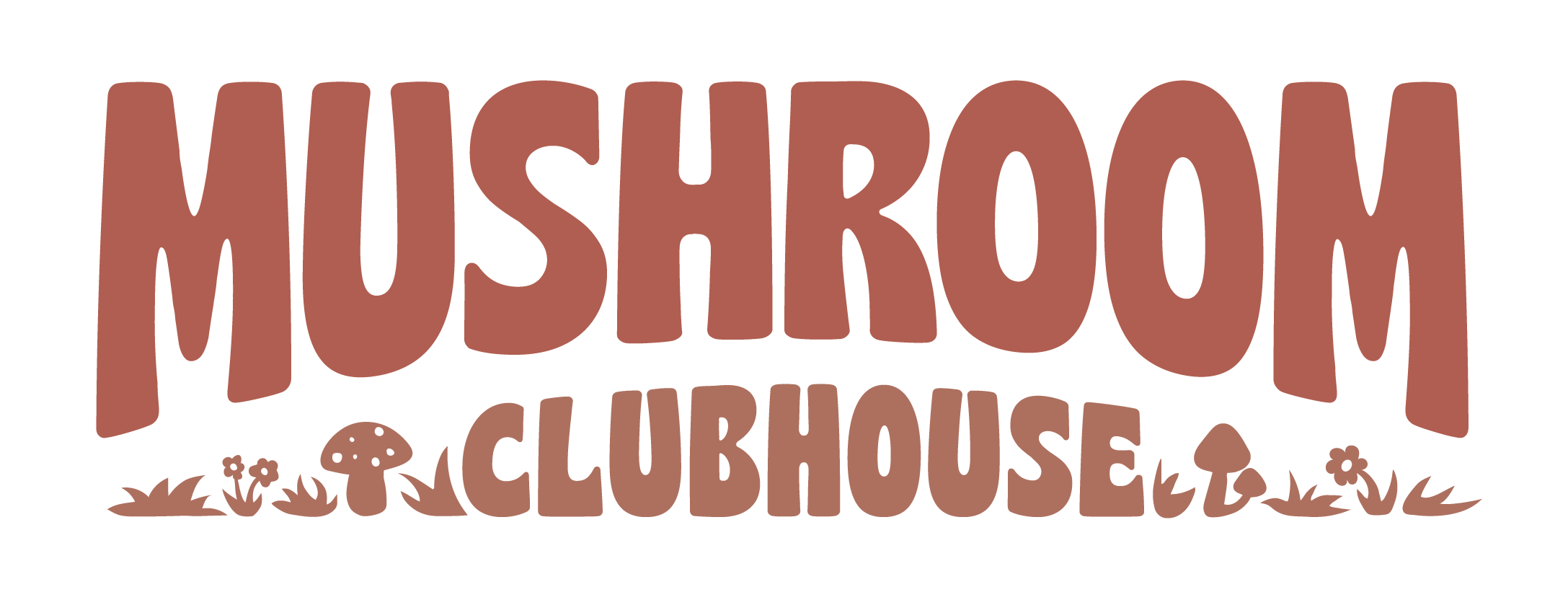
Don't want to buy premade substrate to save some cash? Would you rather be a bit more hands-on? Luckily for you, it's super easy to make your own substrate at home, and we're going to tell you how!
This tutorial will be for making a CVG-based substrate. CVG is coco coir, vermiculite, and gypsum. (You can choose to leave out vermiculite and gypsum; however, you will need to adjust your water ratio. We will go over this as well.)
Supplies Needed:
- 5 gallon bucket with lid
- Coco Coir
- Vermiculite
- Gypsum
- Large pot to heat water and a stove.
- Nitrile Gloves**
- Face mask**
- Flat Head Screw Driver & Rubber Mallet*
Before we start, I would like to talk about each ingredient and their water retention. This will help you dial in your field capacity. Keep in mind that every brand of coco coir will absorb different amounts of moisture. Even batch to batch can make a difference, so it's always a good idea to test for field capacity before adding your spawn. To do this, you will grab a handful of coco coir, and after it cools down give it a good squeeze, you should get a couple of drops dripping out. If you see a stream of water, it is overhydrated; if none comes out, then it needs more water.
Coco Coir can hold 3.5–5 times its weight in water.
Vermiculite can hold twice its weight in water.
To keep things simple, we will be going based on your standard 650-gram brick of coco coir.
Measurements:
- 650g Coco Coir
- 350g Vermiculite
- 50g Gypsum
- 3300ml Water
Step 1:
In your 5-gallon bucket, add your coco coir. Breaking up your coco coir is not necessary when using hot water it will just take slightly longer to hydrate fully. Breaking up your coco coir help with mixing your other ingredients. This is where your face mask will be extremely valuable. Coco coir can get very dusty when broken up. If you can do this step outside, that would be even better. To break it up, you can either try to do this by hand or with a flat-head screwdriver and rubber mallet. Place your brick on its side, and use your mallet to dig the screwdriver into the brick and pry it apart. You should be able to break it up the rest of the way by hand after splitting it into three separate sections. You want to achieve a sandy texture. It is okay if your coco coir has long fiberous strands. If you will only be using coco coir you can simply weigh your coco coir and multiply by 4 then add that amount of water 1g = 1ml. You can always add more water after the initial hydration. Ex. A 650g brick will use anywhere from 2250ml (x3.5) - 3250ml (x5)
Step 2:
Measure out 350g of vermiculite and 50g of gypsum (keep your mask on). Vermiculite can sometimes contain aespestos, and you do not want to breathe that in. Protect your lungs!
Combine these ingredients in your bucket and mix well
Step 3:
For this step, we will move back inside and into the kitchen. Grab a pot big enough to bring 3300 ml of water (approximately 3.5 qts) to a boil. We are going with 4x the water in this example. 5x water will be somewhere around 4 quarts of water. Our recommendation is to start with 3.5 qts and keep another half quart aside if you need to add more moisture to reach field capacity once your coco coir is cooled.
Add your water to the pot and place it on the stove, turning the heat on high. Right before your water reaches boiling, take it off the burner and set it aside for a minute or two, just to cool down slightly as you grab your bucket (only about a minute or two). Always use oven mitts when handling hot pots. CAREFULLY, Pour the hot water into your bucket and place the lid on top.
If you are only going to be using Coco Coir and ommiting the verm/gypsum simply add 3 quarts of hot water and wait for it to hydrate. The only real reason people use Vermiculite is to help with water retention. Gypsum is another ingredient that isn't necessary. So if you can't find it or can't afford it don't stress and keep it simple.
Almost done!
Now we just need to wait for the substrate to cool! Once it's cool, it's ready to be used. If you need to add more water to reach field capacity you will do this now. To check for field capacity simply get a handful of your substrate and squeeze, you should get only a few small drops roll through your fingers and drip down. If water doesn't drip when you squeeze slowly add more water until you reach that points.
Over hydration does happen and when it does there are a few different ways to combat this. The most common and popular way is to squeeze out the excess when you're making your monotub. Keeping a few extra dry ingredients is also a very easy way to fix over hydration. Like we mentioned earlier coco coir absorbs A LOT of water so keeping a little bit already broken up aside can be extremely useful to suck up that extra moisture.
Congratulations! 👏 You just made your very own substrate, now you've just gotta add your grain.
